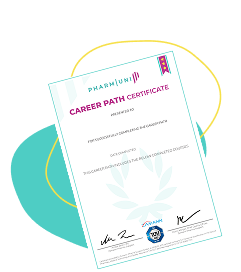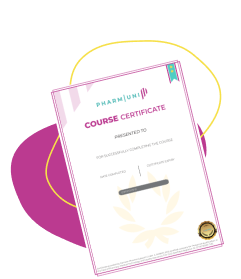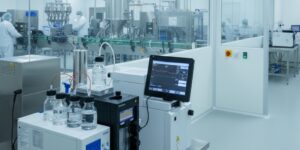Aseptic Processing
Definition
Aseptic processing is a critical method in pharmaceutical and life sciences manufacturing that involves the handling of sterile products in a controlled environment to prevent microbial contamination. It ensures that sterile medicinal products are filled and packaged in a manner that maintains sterility throughout the process.
This technique is essential in the production of injectable drugs, ophthalmic solutions, and other sterile dosage forms where terminal sterilization is not feasible due to the sensitivity of the product.
Detailed Explanation
Purpose and Importance
Aseptic processing is designed to eliminate the risk of contamination from microorganisms, particles, and pyrogens during the manufacturing of sterile products. It plays a vital role in ensuring product safety, efficacy, and compliance with regulatory standards such as Good Manufacturing Practices (GMP).
Key Components of Aseptic Processing
- Sterile Manufacturing: All components, containers, closures, and equipment must be sterilized prior to use.
- Cleanroom Environment: Manufacturing is conducted in cleanrooms with controlled air quality (typically ISO Class 5 or Grade A) to minimize contamination.
- Personnel Asepsis: Operators must follow strict gowning procedures and aseptic techniques to prevent microbial shedding.
- Environmental Monitoring: Continuous monitoring of air, surfaces, and personnel is performed to detect and mitigate contamination risks.
Cleanroom Asepsis
Cleanroom asepsis refers to the practices and environmental controls implemented within cleanrooms to maintain sterility. These include:
- High-efficiency particulate air (HEPA) filtration
- Laminar airflow systems
- Routine cleaning and disinfection schedules
- Restricted personnel access and controlled material flow
Applications in Pharmaceutical Manufacturing
Aseptic processing is primarily used in the production of:
- Injectable drugs (e.g., biologics, vaccines, insulin)
- Ophthalmic preparations
- Parenteral nutrition solutions
- Advanced therapy medicinal products (ATMPs)
These products cannot undergo terminal sterilization due to their sensitivity to heat or radiation, making aseptic processing the only viable method to ensure sterility.
Regulatory Context
Regulatory agencies such as the U.S. Food and Drug Administration (FDA) and the European Medicines Agency (EMA) provide detailed guidance on aseptic processing. Key documents include:
- FDA’s Guidance for Industry: Sterile Drug Products Produced by Aseptic Processing – Current Good Manufacturing Practice
- EU GMP Annex 1: Manufacture of Sterile Medicinal Products
These guidelines outline facility design, process validation, personnel training, and environmental monitoring requirements to ensure compliance and product safety.
Challenges and Considerations
Implementing aseptic processing requires significant investment in infrastructure, training, and validation. Common challenges include:
- Maintaining sterility during material transfers and interventions
- Ensuring consistent environmental control
- Validating aseptic techniques and processes
- Responding to contamination events
To mitigate these risks, many manufacturers adopt technologies such as Restricted Access Barrier Systems (RABS) and isolators, which provide physical separation between the operator and the sterile environment.
Future Trends
With the rise of biologics and personalized medicine, aseptic processing continues to evolve. Innovations include automated filling lines, robotics, single-use systems, and advanced monitoring technologies that enhance sterility assurance and operational efficiency.



